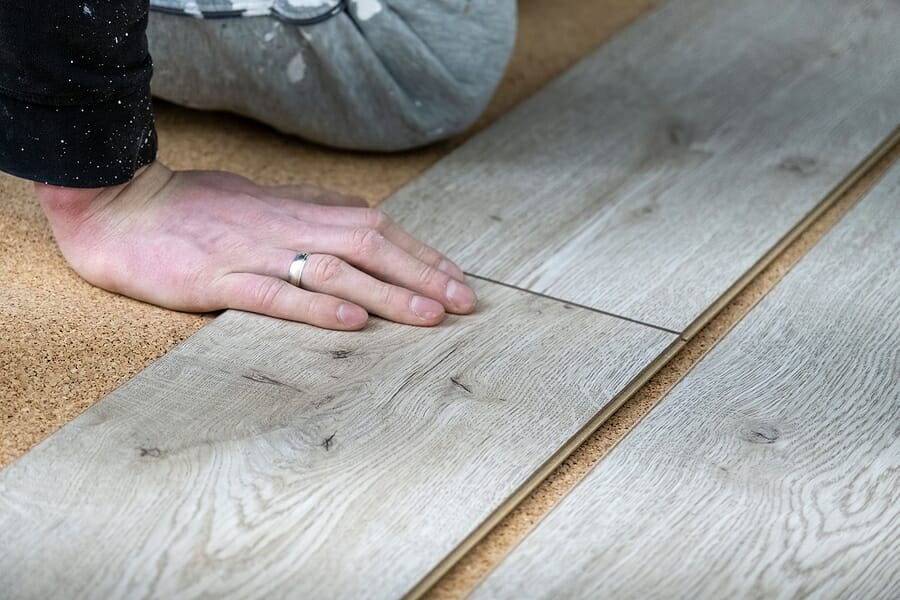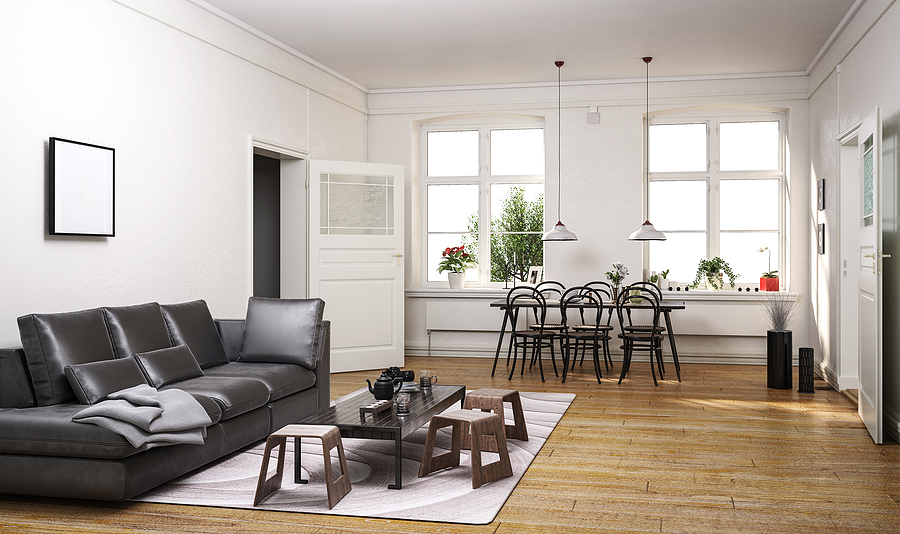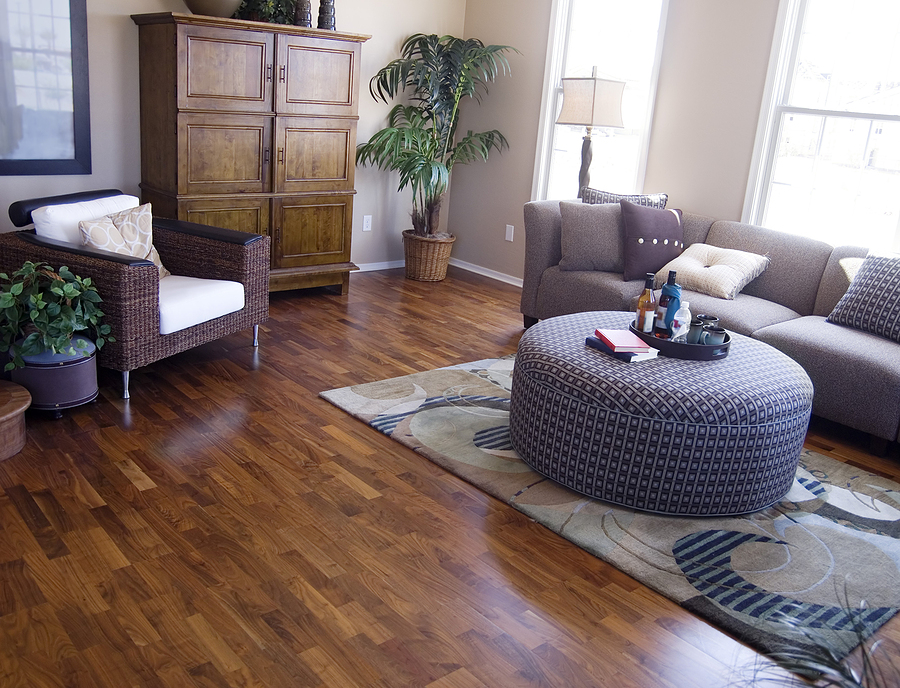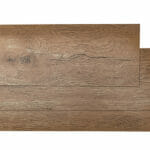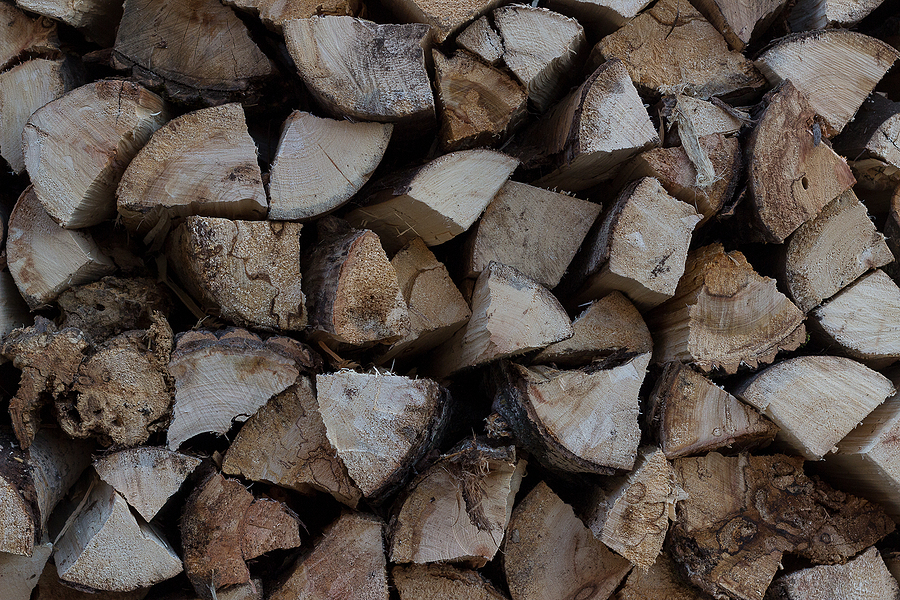Floors have a pretty rough life and they put up with a lot, constantly being walked on by people, yet being utterly ignored and underappreciated by most. Even though they can be creaky and cranky, without their support, the average home would look and operate much differently. While good quality flooring, whether it be tile, wood, or another material, can realistically last for decades, life isn’t always that easy on things.
If you have been questioning the flooring in your home lately, but are still trying to figure out what you should be looking for, you need to take the time to look for inspiration. The selection of flooring available nowadays is unmatched, whether it be tile from a supplier like Tilemall (https://tilemall.com.au/), wood, or something manufactured, you will have plenty of options to choose from when you are considering new flooring for your home.
Let’s take a look at a few things you need to keep in mind when you are deciding to replace or upgrade your home flooring.
What Type of Flooring?
The material that is used on your floor is essential when asking if it needs to be repaired or replaced. Different types of materials have different average lifespans, as well as varying routine care and maintenance requirements. For example, your regular carpet will not stand up to a piece of stone that is millions of years old, or a hardwood that was grown for a century or more. Most homes will have more than one type of flooring, for one reason or another, so it is a good idea to take the time to understand the different materials used in your home flooring. With this information, you can check over the flooring of the entire house, if necessary, to ensure all the flooring is in good shape or needs replacing.
How Much Traffic Does it Get?
Besides major accidents, foot traffic is the main culprit for floors taking a beating over the years. Depending on how busy a particular area of flooring is, it could need to be replaced or repaired well before others, especially if it could pose a safety risk. Focus on evaluating and finding solutions to the busiest floors first, as they are going to need all of the help they can get to stand tough as time goes on.
Inspecting Wooden Flooring
Hardwood is one of the most beautiful, not to mention durable, options for flooring, but you do pay for what you get. If you are concerned about your hardwood flooring, start by looking for any obvious signs of irreparable damage. The average hardwood floor needs to be sanded and refinished every 10 years, which itself can be a major cost, and will only last through so many refinishing procedures. If your flooring is old, it may be better value to replace it entirely, but it will depend on your individual situation and what services are available in the area for wooden floors.
Inspecting Tile Flooring
If you have a high-quality tile, and the ability to repair the tile when necessary, it may be something that you never have to replace. The main issue that most people seem to have with keeping an old tile fit-out is that they get bored with how it looks. Trends and fashions change, and tiles that are very “on-trend” will only look trendy for so long. However, this is a very subjective decision and one that will be specific to each homeowner’s unique needs.
Many homes keep the same tile for years, if not decades, so they would be nearly impossible to replace without it becoming a big job. If your tiles are broken, chipped, cracked or missing, it might be time to roll up your sleeves and lay some brand-new tiles.
Inspecting Carpeted Flooring
Carpet is not nearly as popular as it once was, for a variety of reasons, but some people do still prefer it to other flooring options. This type of flooring has pretty obvious signs of needing replacement, such as rips, tears, and large stains. Quality also plays a big role in the lifespan, with carpets typically lasting anywhere from five to fifteen years.
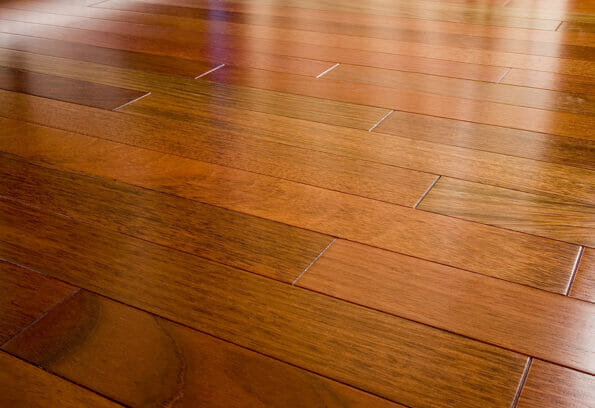
Inspecting Laminate and Other Manufactured Flooring
Just like carpet, flooring made from materials like laminate and vinyl will show very obvious signs that they need to be replaced. Look, for rips, tears, and stains, as these things cannot typically be repaired. You will also want to watch for anything that is peeling, as that is an immediate signal that the flooring is warped, damaged, or waterlogged and will need to be updated.
Use Your Own Judgement And Trust Your Gut
When it is all said and done, if you look at your floor and think it needs to be replaced, you are most likely right. Flooring has a way of showing you that it is time for it to be replaced and as long as you keep an eye on it, use your judgement and trust your gut, you will be able to tell pretty quickly when it is time to install brand new flooring.
Image Source: BigStockPhoto.com (Licensed)
Related Categories: Home, Reviews



